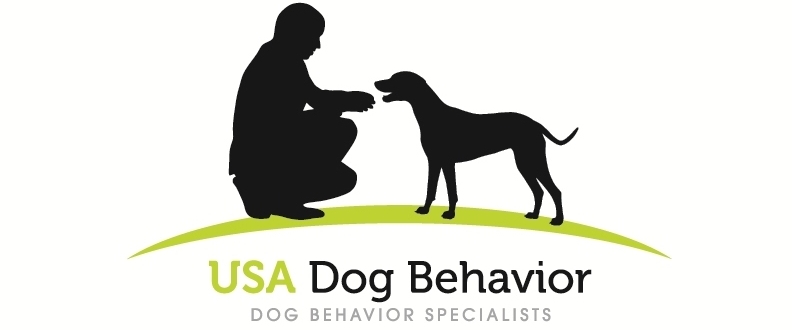The Buzzer Deception: Why Even 'Vibration-Only' Collars Are Harmful
E-Collar (i.e., Shock Collar) with Buzzer
For the audio version of these blog posts, tune into the USA Dog Behavior Podcast.
We’ve all seen them—the modern “training” collars that promise a quick fix for all kinds of dog behavior problems. These collars are really just old-school shock collars (also called e-collars) with a built-in buzzer. While the electric shock function is increasingly recognized as aversive and inhumane, many well-intentioned dog owners are drawn to the “buzzer” or “vibration-only” mode. It seems like such a harmless beep or gentle nudge, a simple way to get your dog’s attention.
But here’s the uncomfortable truth: that buzzer is rarely a neutral signal. In most cases, it has been pre-loaded with fear and anxiety, making it a psychologically problematic tool, even when the shock is never used again. Read on.
The Unavoidable First Step: Pairing Buzzer with Shock
To understand why the buzzer is problematic, we need to look at how these collars are typically introduced to the dog. The manufacturer’s instructions for most electronic collars are very clear: you must first “condition” the dog to understand what the buzzer means.
This conditioning process involves pairing the buzzer with the shock. The sequence is simple: Buzzer → Shock. The dog feels the strange vibration on their neck and, a moment later, experiences a painful or startling shock. This experience isn't a one-time event; it's repeated until the dog makes the connection. It’s technically called conditioning. Once this pairing is done, the shock is normally no longer needed, but the damage has been done.
The goal is to make the buzzer a "warning." But from the dog's perspective, something much more significant is happening.
The Buzzer Becomes a Predictor of Pain and Fear
Through this conditioning, the previously neutral buzzer sound transforms into something very unpleasant to the dog. It’s no longer just a vibration; it becomes a reliable predictor that something scary and painful is about to happen. This is a classic example of Pavlovian (or classical) Conditioning.
Think of it like the bell that made Pavlov’s dogs salivate. Except in this case, the "bell" (the buzzer) doesn't predict food—it predicts pain. The dog doesn't just feel a buzzer; they feel a surge of anxiety and fear in anticipation of the shock. The buzzer itself has become what scientists call a conditioned aversive stimulus.
[This article is original content created by USA Dog Behavior (https://www.usadogbehavior.com) and is intended for our readers.]
The Conditioned Emotional Response (CER)
This is the core of the issue. The buzzer now triggers a Conditioned Emotional Response (CER) of fear, stress, and apprehension. You may see this in your dog’s body language when they hear the buzzer, even if no shock follows:
Cowering or tucking their tail
Flattening their ears
Freezing in place
Showing the whites of their eyes (whale eye)
Panting or yawning out of context
Body stiffening
Dogs are often frozen in fear when they feel the vibration, trying to make the unpleasant feeling stop. The tool operates on coercion and fear, not on clear communication or a willing partnership.
Moving Beyond Fear-Based Tools
The great news is that you don’t need to use tools that instill fear to have a well-behaved and confident dog. Modern, force-free training methods are not only humane, but they are also more effective in the long term because they build trust and understanding.
Instead of using a buzzer that has been linked to electrical shocks, you can use positive reinforcement when your dog does what you want them to do. Teach a positive sound, like a kissy noise or a specific word (“Look!”), that you pair with a high-value treat. This becomes a signal that rewards your dog for their attention and desired behaviors. This is literally the opposite of using shock collars with buzzers.
To learn more, you can always work with a positive reinforcement professional to understand why an undesired behavior is happening with your dog and address that directly using positive training techniques.
Choosing a training method is a choice about the kind of relationship you want with your dog. By saying no to buzzers and shocks, you choose a path built on trust and reward, not fear.
For the audio version of these blog posts, tune into the USA Dog Behavior Podcast.
© 2025 Scott Sheaffer. All rights reserved. Original content. Reproduction prohibited.

